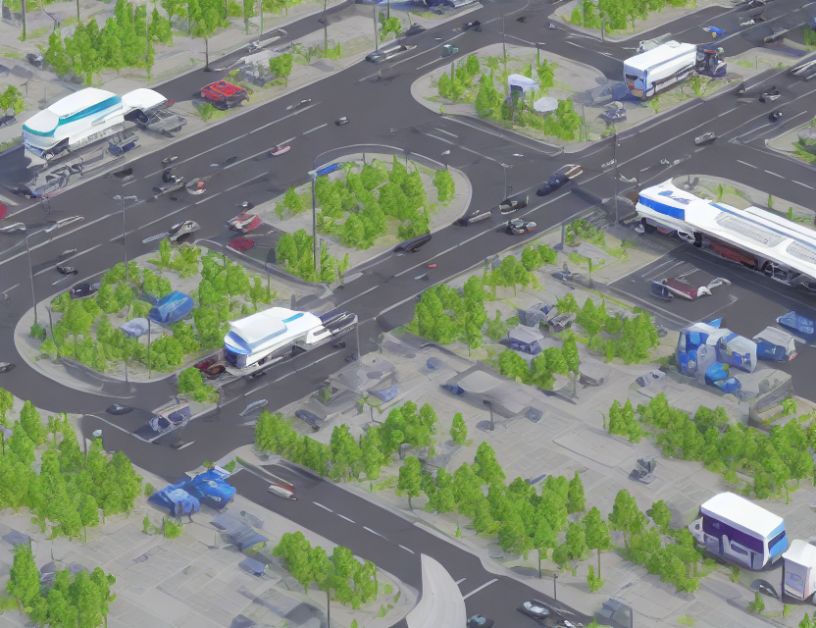The article discusses the coexistence of different generations of Intelligent Transport Systems (ITS) on the smart highway, focusing on their compatibility and interoperability. Three authors from Halmstad University in Sweden and Madrid’s Universidad Politécnica share their insights on this topic. Oscar Amador, Maria Calderón, and Ignacio Soto examine the challenges of integrating various ITS technologies into a single system, including contention-based forwarding, geographical addressing, and warning messages in highway scenarios. They also discuss the importance of improving these systems to enhance road safety and traffic efficiency.
The authors emphasize that different generations of ITS (e.g., CBFS, ETSI EN 302 636-4-1, and TLS) have diverse communication protocols and functionalities, making it essential to standardize these systems for seamless integration. They suggest a more in-depth analysis of the effect of multi-modal road users (e.g., disconnected users, legacy fleet) on optimal performance, which is crucial for ensuring efficient traffic flow.
The authors use analogies and metaphors to simplify complex concepts, making them easier to understand. For instance, they compare the communication protocols used in ITS to a language that vehicles must speak to communicate with each other effectively. They also liken the integration of different ITS technologies to building a puzzle, where each piece must fit together perfectly for the entire system to function correctly.
In conclusion, the article highlights the importance of coexisting with different generations of ITS on the smart highway, requiring standardization and improved functionality to enhance road safety and traffic efficiency. By using relatable analogies and metaphors, the authors demystify complex concepts, making them accessible to a wider audience.
Computer Science, Networking and Internet Architecture
Coexisting with Intelligent Transport Systems: Navigating Different Generations



